SUMMARY
This is AI generated summarization, which may have errors. For context, always refer to the full article.
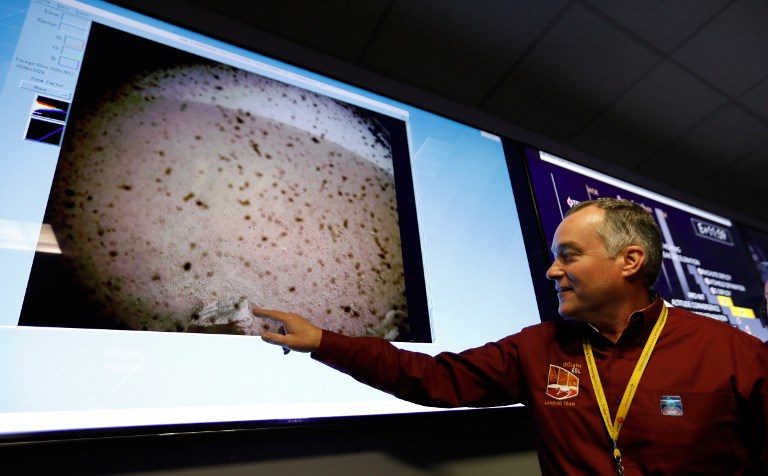
MANILA, Philippines – Toward the end of every year, Rappler asks the Mind Movers of The Mind Museum to send their science story picks for the year.
The Mind Movers comprise the education league of the museum. They are a fabulous bunch of smart, empathetic, and truly innovative young scientists who bridge science, art, and technology to improve Filipino science literacy.
From breakthroughs in genetics and cells to a better understanding of how life evolves, from pollution that dims our smarts to the present and impending tragedy of human-caused climate change, read below and see why they care about the stories they picked. – Maria Isabel Garcia
NASA’s Mars InSight feels the pulse of the Red Planet
NASA successfully landed Mars InSight on the red planet this year, to the celebration of space fans like me. However, those of you who are not big space fans might be left wondering: What’s the point in missions like this?
As with many things NASA does, Mars InSight is not only about its target object – it is also about us here on Earth.
Mars and Earth bear many resemblances. Many of the features we observe here can also be found in fossilized form on Mars: river channels, lake beds, volcanoes, fault lines.
The question then arises: Why are they in fossilized form? Why does Mars currently not have an active interior that results in frequent volcanic explosions and violent ground movement? What happened between the time when Mars was more like Earth and now? Can it happen here?
Given that Mars and Earth are planetary siblings, the answers to these questions have implications not just on the red planet, but also on our blue-and-green one.
Our planet is currently undergoing change. Questions about how other planets change may offer us clues into the future of our own. Sometimes one needs to go far to learn about home. – Pecier Decierdo
Rhino skeleton rewrites Philippine prehistory
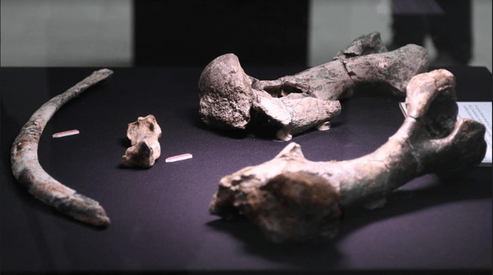
Imagine thinking something is 10 years old, only to discover it is more than a hundred years old! That is how archeologists felt with a recent discovery that pushed the earliest presence of humans in the Philippines 10 times earlier.
For some time, the earliest evidence of humans in the Philippines was a 67,000-year-old foot bone found in Callao Cave, Cagayan.
This year, archeologists found evidence in a rhino skeleton suggesting humans were already here 709,000 years ago!
Many things about this discovery are, for me, simply mind-blowing. First, this is such a huge jump – we’re talking a 642,000-year jump! Second, the evidence is pretty neat: scratch marks on the bone left by human-made tools used to remove meat. Also, who knew before this that there used to be rhinos here? Not me.
Curiously, scientists don’t know yet what species of humans made the tools. Homo sapiens – that’s us – started showing up only 200,000 years ago. The people who left behind the marks on the bone were our human relatives, but how different were they? Alternatively, how alike are we to them? If these questions do not intrigue you, I do not know what will. – Pecier Decierdo
‘We ate Legos for science’
Sometimes the only way to get answers is to test it on yourself. That’s probably why some scientists swallowed Lego figurine heads. As silly as it sounds, they had noble intentions: Children will put anything they can get their hands on into their mouths.
In November this year, 6 pediatric health care professionals published a paper discussing how long it would take to pass the small plastic toy (1.71 days for adults). There was apparently a lack of information surrounding items swallowed by children apart from coins.
Despite missing one Lego piece after their research, they’re certain the toy will eventually and safely pass if swallowed by a child. Their data was standardized by the Stool Hardness and Transit (SHAT) score, and the main outcome set was named the Found and Retrieved Time (FART) score.
While I don’t have kids of my own, I can only imagine the horror in parents’ eyes when their child swallows a toy. So I’m very happy knowing some brave scientists have our kids’ backs. But I think we should all still keep Legos and other toys off our children’s menu. Even if they’ll safely pass, you don’t know where they’ve been. – Frederic Yu
Newly recognized health conditions in WHO’s ICD-11

A disease cannot be called as such just because you think it is. There are reasonable criteria for it that hordes of medical experts agree on to use as a check. This job falls under the World Health Organization (WHO) and this year, they have included a disease unique to the digital age, and delisted another one because it is no longer scientifically valid to be classified as a disease.
In June this year, WHO released the new International Classification of Diseases (ICD-11). The inclusion of “gaming disorder” in ICD-11 classifies “video game addiction.” We did not have this kind of widespread “malfunction” as individuals when we were playing classic games of hide-and-seek or patintero.
WHO also declassified “gender dysphoria” as a disease. It is no longer an unhealthy physical “malfunction” to to be confused about the gender you feel and the gender assigned to you by a body part. It is a mere condition. It is when that condition is not accepted that could maybe lead to mental disorders. – Monique Maureal
We only have 12 years to save our planet from extreme climate change
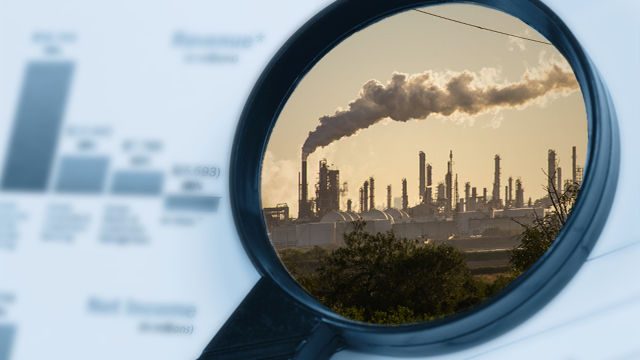
We already complain about how more and more typhoons disrupt school and work. We experience more floods and they are stronger. We have unseasonal and extended droughts. We say the “-ber” months are now very warm. These are all effects of climate change, and we can expect to see worse.
In October, the United Nations (UN) Intergovernmental Panel on Climate Change released a Special Report (SR15) about climate change and what we need to do to prevent its worst effects.
If we don’t limit global warming and decrease our carbon emissions by 2030, we can expect collapse of ecosystems, species extinctions, and severe disruption of our food and water supplies.
Back in 2015, governments made promises to act on climate change, but a UN report shows countries need to do more than pick up the slack.
These findings should shake us to our very core. The basic support systems of life have been altered, and they are not friendly to life – to humans and a vibrant variety of other life forms and ecosystems – as we know it.
We must demand action from our governments now or we can expect nature to change our lives for us. We only have 12 years to drastically change how we live, or else we could lose so much of the natural systems we rely on. – Monique Maureal
Cheaper carbon capture could save us from climate crisis
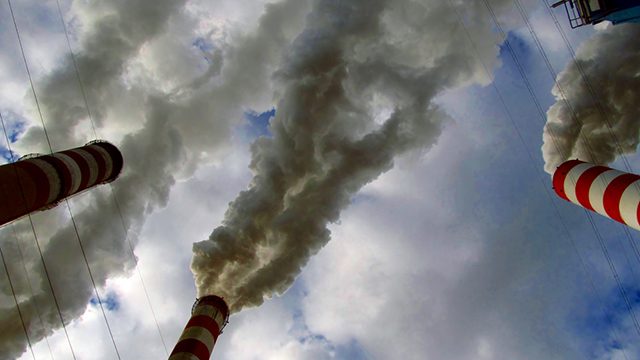
Despite our most exaggerated hopes, we cannot reverse the temperature we have forged for the planet. Despite the biggest economies in the world trying to enact policies to limit carbon emissions, even if the world were to completely stop producing carbon dioxide by 2050, we are still looking at 1.5°C increase in average global temperatures. That little change is enough to create massive droughts, flood entire islands, and lead to global famine.
Climate change is our generation’s greatest challenge, and the math is just not on our side. It is also a challenge that extends way beyond this generation. It is hard to exaggerate the simple fact that we are on our way to the end of civilization as we know it within the next 100 years. That is, unless we create a viable means of negative carbon emissions. In other words, our best bet to keep the planet habitable might be in capturing carbon dioxide.
While carbon scrubbing is not new technology, it has always been seen as cost prohibitive. A company called Carbon Engineering is trying to solve this problem. Through the process of funneling air through towers containing potassium hydroxide, potassium carbonate is created and allows the carbon to be stored underground. What used to be estimated to cost $600 per ton of carbon dioxide, the new process is estimated to cost around $100 per ton.
If nations were able to collaborate on a Manhattan Project-level of concerted efforts against climate change, such as on cutting-edge carbon negative technologies, we might just be able to continue on as a species into the 22nd century. – Garrick Bercero
Narcissists don’t like democracies
The past two years have not been great for democracy. It seems like in every election around the world, an authoritarian either wins or just barely loses. Eighty-nine (89) of 167 countries assessed by the Democracy Index received lower scores in 2017 than they did the year before. While there are many reasons for what has been described as a “global democratic recession,” psychologists have found a curious association between narcissism and decreased support for democracy.
Researchers at the University of Kent found that both high narcissism and low self-esteem predicted a belief that strong or military rulers would be better for the country. On the contrary, people with a “non-defensive self view” tended to support democracy. The researchers hypothesized that narcissists tend to feel entitled and thus have lower tolerance of diverse political opinions. They did not, however, conclude whether there was an actual increasing trend toward narcissism in society coinciding with the trend against democracy.
Given the rising popularity of social networking sites, particularly among narcissists as well as autocrats using social media for propaganda and to manipulate public opinion, this finding could point toward a deadly combination of despotic regimes weaponizing narcissism against democracy. Understanding why authoritarianism is so alluring and protecting ourselves from manipulation in the digital age will be key to preserving our democratic and civil rights in the age of post-truth politics. – Garrick Bercero
Real-life Aquamen: The genetically-adapted Bajau
Humans living in the tundra don’t grow thick fur like polar bears do. They sew coats. Those in hot regions, much like our own, don’t store fat on their backs like camels’ humps. They buy milk teas and turn on the air conditioning (or at least I do). When push comes to shove, humans innovate. Genetic adaptation takes too much time but we humans found ways to adapt another way through creativity in the form of many tools and technologies.
But once in a while, we surprise ourselves. A novel study found a possible genetic adaptation in the seafaring Bajau community to support their diving lifestyle. Similar to those of seals, research found they had larger spleens to give them the extra boost of oxygen while submerged. It makes me wonder, if technology hadn’t gotten in the way and made life a bit more bearable, how far could adaptation have taken us? – Kat Villa-Real
Coral bleaching events no longer far and few between
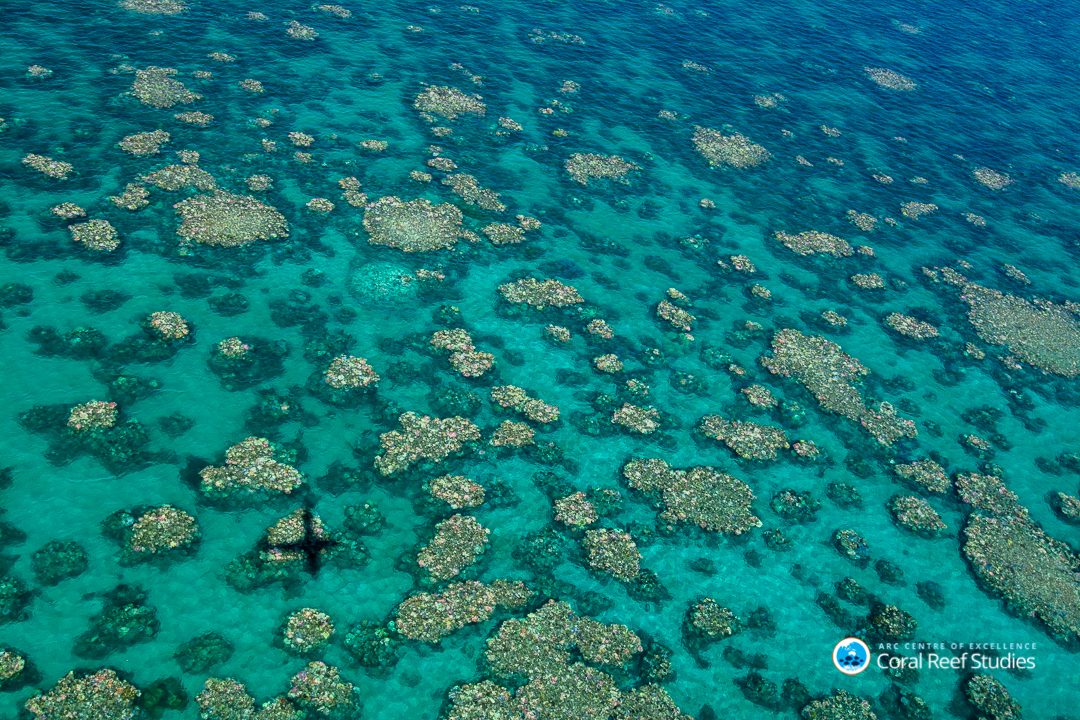
Everyone has their all-time favorite Pixar movie, and mine is Finding Nemo. How could you not fall in love with the ultra-colorful reef that was home to Nemo and his schoolmates? However, if you’ve gone snorkeling as of late, you might find yourself disappointed with the muted hues the corals currently have to offer. No, Pixar didn’t mislead us.
It is us who failed the corals.
A study published in January revealed that severe coral bleaching events are happening 5 times more frequently now than 30 years ago due to climate change. That gives corals an insufficient recuperation time 5 times shorter than before. Additionally, every coral reef they observed suffered at least one bleaching event over the duration of the study.
Coral bleaching occurs when rising water temperatures strip corals of their colorful zooxanthellae covering that serves as their food source. The implications of this not only worry me because the latest color of the year is Living Coral. Corals serve as the backbone of the reef community, providing protection and food to reef fish, which in turn feed larger fish that eventually feed us. Though it may not seem like it, these sessile animals are integral to our survival, as well as the survival of countless other species.
It’s time to wake up and realize the warming of our waters not only means trouble in the ice caps, but in tropical paradise as well. – Kat Villa-Real
I blame air pollution for my bad test scores
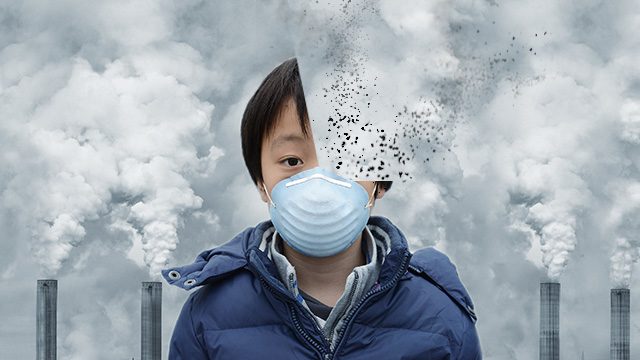
With finals week looming on the horizon, students frantically scurry about to find whatever competitive edge they can get. We’ve all been there – the constant intake of caffeine, the crash courses on YouTube, and entire pages of textbooks covered in a kaleidoscope of different highlighter inks. Imagine going through all of that, only to find out that simply breathing the air around you makes it all moot, because the air around us makes us dumber.
Scientists recently found out that air pollution impairs cognitive ability. The results showed that air pollution impaired verbal test scores, and that this effect is far more pronounced with age, particularly with the less educated. This is especially alarming given the fact that the average human wouldn’t last 5 minutes without air; we have no choice but to breathe the air around us!
If these studies don’t translate into changes in policy, these adverse effects will continue to be more and more prominent. The rapid urbanization of countries like ours can sometimes be seen as a good thing – more cars, more jobs, booming economy, albeit lowered air quality. However, we have to ask the question (before we are rendered incapable of doing so): Is this worth losing our minds for? – Johnny Altomonte
Microplastics are everywhere (especially in our sea turtles)
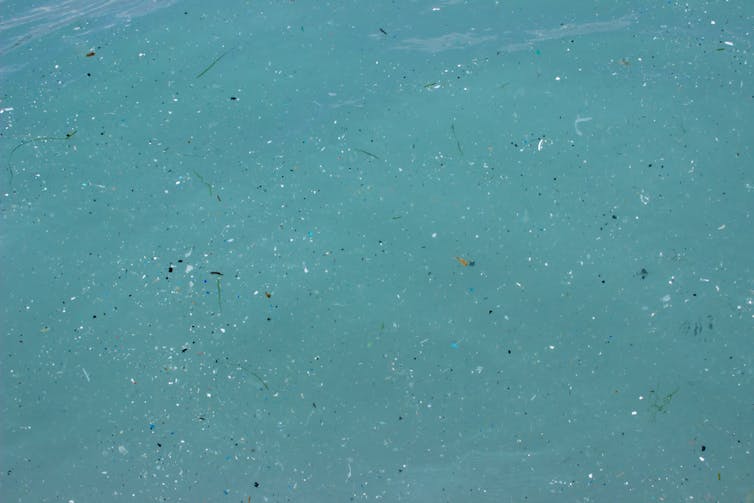
With over 5 trillion pieces of plastic floating about in our oceans, you’d be hard-pressed to find a single beach that is completely plastic-free. Microplastics have become ubiquitous in our marine environment, and just recently discovered, in our sea turtles as well.
Scientists, in a study published just this December, utilized a methodology that would analyze the presence of synthetic particles in sea turtles. Quite alarmingly, microplastics were found in every single turtle!
What’s more alarming was that this was true for all 7 species, found across different ocean basins all over the world. Additionally, the different trophic levels of the sea turtles imply that these microplastics may be ingested from multiple pathways.
While microplastic presence has begun to be largely evident in marine invertebrate species, this study highlights how even large marine vertebrates have now fallen prey to these synthetic particles as well. Microplastics have begun to worm their way up and up the marine food chain. For a country like the Philippines which subsists mostly on a diet of fish, it seems like it is only a matter of time until the plastics that we throw away without a second thought find their way into our own bodies. – Johnny Altomonte
One mass to rule them all
How much is a kilogram (kg)? How can I be sure that my 1 kg is the same as your 1 kg? It could be 1000 grams. Or 2.2045 pounds. Where does this amount actually come from?
I have done too many calculations that include mass and the many other formulas that involve it, yet I have not totally considered how it came about. For whatever tools we use to measure weight – for things and for ourselves – the calibration of that 1 kg is based on a standard cylinder made of platinum-iridium alloy.
Scientists have observed that this alloy has lost around 50 micrograms, which is the same as me losing the mass of one eye lash, but unacceptable if it is the standard of all standards. And so last November, a group of diplomats unanimously voted on a treaty that would redefine the metric system. The kilogram will be redefined in terms of Planck’s constant, a fundamental concept in quantum mechanics that can never, ever change – here on Earth, or in the farthest edges of the universe. – Mikee Angela Estorga
A hybrid from Denisova Cave
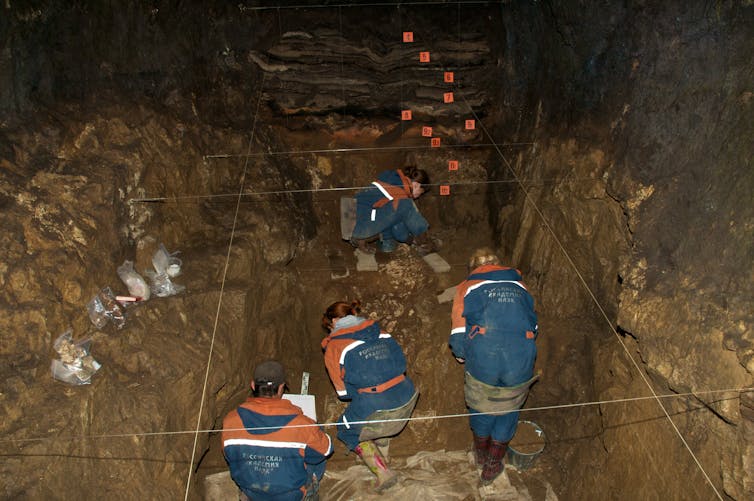
Denny was thought to be only 13 years of age, and she was a hybrid. It’s like when you breed a Chow Chow with a Pomeranian, you get a ChowPom, or a female horse and a male donkey produce a mule. Denny had a Neanderthal mother, and a Denisovan father.
Although the Neanderthals and Denisovans did not have frequent encounters, discovery of this first generation hybrid is a big moment, especially for evolution researchers. This is the first direct evidence of the two different peoples having children together.
Denisova 11 was the name they gave her, and she’s probably the most fascinating person who’s had their genome sequenced. I count it as such a eureka moment, that from a fossilized fragment of pinky bone, a gap from the human family tree answers several questions. But just like any discovery in science, it also pushes us to have more queries, new suspicions, and formulate new hypotheses.
With these evidences, it truly shows how it is innate in humans to be a sociable species. We tend to mingle despite differences in race, and we were already more diverse than we thought we are now. – Mikee Angela Estorga
Mitochondrial feminism slides down the ranks
In the powerhouse inside cells – the mitochondria – the mother rules! At least that is what we used to think. Scientists have long believed that mitochondrial DNA (mtDNA) can only be exclusively inherited from mothers, since paternal mtDNA is immediately destroyed after fertilization. Now, scientists also found Dad in the mitochondrial world!
What does it mean now that we can get these tiny circles of energy from our dads? Very little is known for now, since the phenomenon has only been discovered recently. Researchers speculate that “3-parent babies” whose mtDNA comes from donor egg cells because their mother’s eggs carry mitochondrial diseases, may be a thing of the past if this genetic miracle consistently holds true.
Perhaps, our father’s mtDNA contains the secret to long life? Maybe a cure to cancer? With this breakthrough, can we add dad-donated mtDNA to the designer babies’ checklist? Perfect blue eyes? Check. Naturally toned abs without working out? Check. Unlimited tolerance to alcohol? Check. Zero migraine attacks. Heart disease-free. Learning a new language in one day. Check, check and check. – Artha Ting
Thief of the night: Iconic bird species silently wiped out of the wild
I’m not the only one crying – you are too, and our resident bird-loving workmate, Mita. The inspiration behind the animated movie Rio is extinct in the wild (EW). An 8 year study reviewed and reclassified critically endangered bird species confirming their extinction status. One of the them is the iconic blue bird, the Spix’s macaw.
This is not the first news of animal species dying out in the hands of humanity. As a lover of animals, I can’t help but be angry at people for killing off species just because they can. Innocent rhinos, beautiful giraffes – yes, you saw that right, them too – and so many more are disappearing faster than we can say stop.
In the Marvel film, this frustration finds an expression. Thanos wants to remove half of human life in the universe, thinking that we can be better if we restart anew. But science is stranger than fiction. Science revealed that we humans are the ones who caused the Sixth Mass Extinction. It is easy to imbue a superhero with imaginary powers, but who would have thought generations of mere bipeds, who can neither jump nor run the fastest, would not just kill half of life forms but would end life, even for themselves. – Artha Ting
What are your own top science stories for 2018? – Rappler.com
You can also check out the 2017, 2016, 2015, 2014, and 2013 lists.
Add a comment
How does this make you feel?
There are no comments yet. Add your comment to start the conversation.